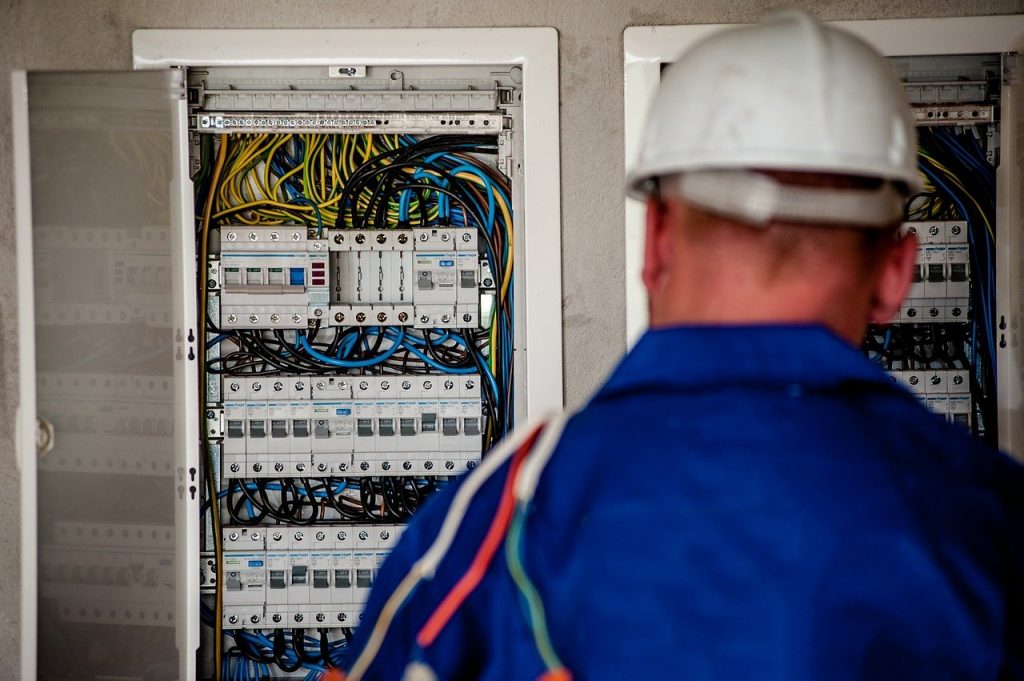Electrical Safety
Electrical safety
Explain dangers
Using electricity on site can be hazardous, especially when it comes to tools, cords, and panels or generators.
Identify controls
Consider all electrical wires and equipment energized until they are tested and proven otherwise.
Section 182 of the Construction Projects regulation states that “No worker shall connect, maintain or modify electrical equipment or installations unless,
a. the worker holds a certificate of qualification issued under the Ontario College of Trades and Apprenticeship Act, 2009, that is not
suspended, in the trade of,
i. electrician—construction and maintenance, or
ii. electrician—domestic and rural, if the worker is performing work that is limited to the scope of practice for that trade; OR
b. the worker is otherwise permitted to connect, maintain or modify electrical equipment or installations under the Ontario College of Trades and Apprenticeship Act, 2009, or the Technical Standards and Safety Act, 2000.”
A worker who does not meet the requirements of (a) or (b) may only insert or remove an electrical attachment plug of electrical equipment to or from a power receptacle.
TOOLS
• Use only electric tools that have a CSA logo or equivalent.
• Make sure the casings of double-insulated tools are not cracked or broken.
• Always use a Class A ground fault circuit interrupter (GFCI) with portable electric tools operated outdoors or in damp or wet locations. A GFCI detects current that is leaking to the ground from a tool or cord and shuts off the power before damage or injury can occur.
• Take defective tools out of service.
• Any shock or tingle, no matter how small, means that the tool or equipment needs to be checked and repaired.
• Before drilling, nailing, cutting, or sawing into walls, ceilings, and floors, check for electrical wires or equipment.
CORDS
• Make sure that tool cords, extension cords, and plugs are in good condition.
• Use only 3-pronged extension cords.
• Make sure that extension cords are the right gauge for the job to prevent overheating, voltage drops, and tool burnout. A 12-gauge extension cord is ideal.
• Do not use cords that are defective or have been improperly repaired.
• Protect cords from traffic.
• When outdoors or in wet locations, plug into a GFCI-protected receptacle or use a portable in-line GFCI.
PANELS OR GENERATORS
• Temporary panel boards must be securely mounted in a lockable enclosure protected from weather and water. The boards must be accessible to workers and kept clear of obstructions.
• Receptacles must be GFCI-protected.
• Panels must be installed in accordance with the Ontario Electrical Safety Code.
• Use only generators with a label identifying it as “neutral bonded to frame”. Do not use generators with a “floating neutral”.
• Use a portable generator with built-in GFCI receptacles or use a portable in-line GFCI at the generator receptacle.
Demonstrate
Inspect sample tools and cords used on the job.
Point out labels indicating double insulation.
Show your crew a portable in-line GFCI. It can be used on all grounded electrical receptacles.
For more information, visit the IHSA website.

